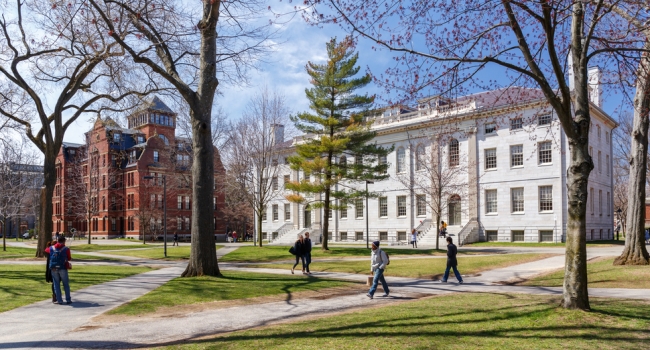
Signal Boosters and Safety on Campus
Signal boosters help fill in the gap between actual cell coverage and WiFi, and in emergency situations, that ability to connect is paramount.
- By Liz Nanney
- March 21, 2017
In our modern era we hope that technology will bring us to a bigger, better future. We aspire to a utopia, but we haven’t quite accomplished that. In the places we feel safest–home, school, work, we are still at risk. While one could argue that simply waking up in the morning and choosing to leave your house is a risk in itself, as Bilbo Baggins found out, the question of security and the importance of staying connected digitally as a means to improve our safety is one we are taking seriously.
More and more, our smartphones and smart devices have become first witnesses to crimes and disasters. Some of the earliest information first responders get now in emergency situations comes from the documentary capabilities of the technology we carry with us every day. Livestreaming on various social media apps has only increased this ability. The potentiality to stream in real time helps first responders react to crises by giving them increased opportunity to see time, location, estimate the possible number of wounded or injured, or provide details about a potential attacker or threat. Eyewitness testimony is proven to be fairly unreliable, so having a digital record of events can help later in studying a crime or emergency situation. In addition, being able to send your GPS location directly to help from your phone can help responders greatly in trying to navigate a large campus of interconnected buildings.

Unfortunately, not all points of a campus are going to have good cellular coverage to allow users to transfer the high amount of data needed to support a flood of emergency calls, let alone even casually check Facebook during a boring lecture. When we think of most college campuses, we picture them covered with lovely old buildings, tons of trees, and newer construction to support the growing class sizes. Well, with all that you end up with a lot of interference for cellular signal, and thus the ability to stay connected in day-to-day routines, let alone in the midst of a crisis. And while most big campuses are going to have WiFi coverage, the nature of buildings meant to be safe, energy efficient, and built to last means that not every part of it will end up being covered. When WiFi is unavailable, access to the cellular network is supremely important. This is especially relevant not just in crowded urban areas, but also in rural regions that may be underserved by local cell towers, simply because there isn’t a big enough population for the cell carriers to justify building more towers.
Then why not just build more towers? The answer is simple: it’s expensive. Prohibitively so. At the University of Houston, they found a better solution, which was modifying their existing structures with cellular signal boosters so that the parts of the campus with the weakest signal got better coverage. This is supremely helpful to staff, students and visitors to campus. This solution is also far more cost effective. The University of Houston’s 594 acre campus is now connected from rooftop to basement. Aside from the daily utility of such an installment, in the event of a disaster like 2005’s Hurricane Rita, having signal boosters in place could also help users remain connected if existing cell towers suffer damage that weakens their signal.
We could continue to examine this in greater detail. However, the lessons applied from these studies are equally applicable to large industrial complexes, warehouses, hospitals and any sort of large building complex. The necessity to stay connected as we introduce more and more smart devices into our daily lives means that the infrastructure to support daily as well as in times of need is only more relevant now than it has ever been. Signal boosters help fill in the gap between actual cell coverage and WiFi, and in emergency situations, that ability to connect is paramount.